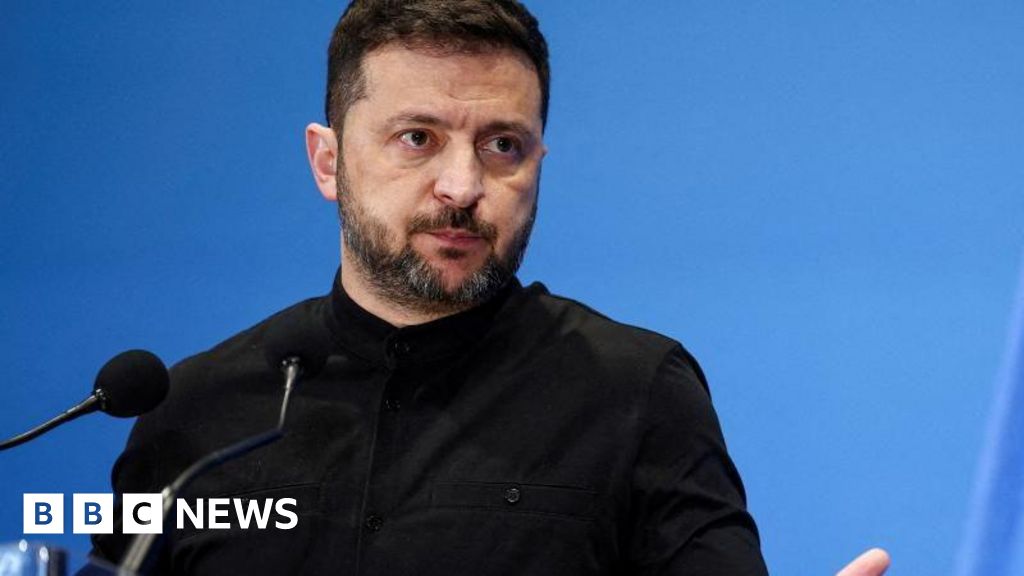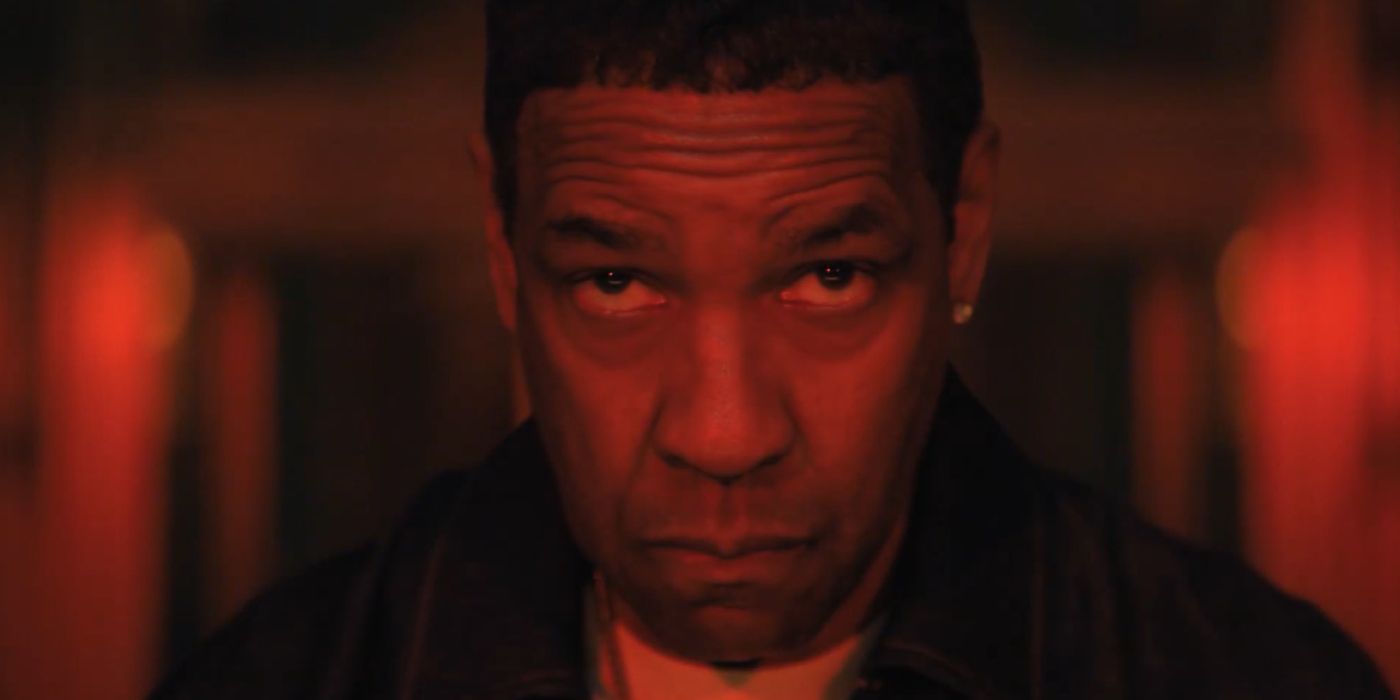What’s your ‘change language’? Here are 6 ways you and your team can talk about change

Gary Chapman, long-time marriage counselor and author of The Five Love Languages, created the “love languages” model when he realized that romantic partners were expressing love in ways that were unnoticeable or unintuitive to the other.
The “change languages” model offers a similar solution for addressing this same dynamic of miscommunication, but as it shows up in the relational, layered, and systemic work of change.
A “MULTILINGUAL” SOLUTION TO CHALLENGES WITH CHANGE
Over the course of a year, I served as a member of a nonprofit’s strategic planning committee whose meetings were not unlike what I imagine some of Gary Chapman’s marriage counseling sessions to be: confusing and dizzying at best, tense and threatening at worst.
At first glance, this friction made no sense: outside of meetings, we had strong rapport, and we were all explicitly and thoroughly excited about the organizational change that this committee was tasked with realizing. But despite our shared commitment to the prospect of change, we struggled to talk about change in our meetings in ways that were mutually understood among the members: we couldn’t carry the different needs and priorities that change surfaces.
While on that strategic planning committee, I began building out the idea of extrapolating “love languages” into the domain of change. Similar to how Chapman drew connections across his counseling sessions, I drew connections across change efforts that had faltered or been miscommunicated during my 10-plus years in different roles: classroom teacher, professional development coach, nonprofit board member, union organizer, and organizational consultant. Each role and team always focused on organizational growth and transformation.
After being pressure tested in real-world scenarios with clients and colleagues, the change languages were then put in tune to the insights of change-focused thinkers including Lisa Laskow Lahey and Robert Kegan (Immunity to Change), Adrienne Maree Brown (Emergent Strategy), and Damon Centola (Change: How to Make Big Things Happen).
THE 6 CHANGE LANGUAGES
The following definitions are intended not only to differentiate the six change languages, but also to help you identify which of the six resonate the most. Knowing which change language(s) you prefer to speak is prerequisite to noticing which of the six change languages are being spoken by other people.
Big-picture clarity
“How we are at the small scale is how we are at the large scale. What we practice at the small scale sets the patterns for the whole system.”
—Adrienne Maree Brown, Emergent Strategy
If your change language is “big-picture clarity,” you feel grounded when you know where and how change is heading from the high-level perspective of systems, as well as when you can foresee how you’ll fit within and interact with these changing systems.
When making sense of change, you feel compelled to map out a wide perspective on the situation—clarifying intended or potential systemic outcomes, selecting the change management models that align most with your current situation, and perhaps even considering how your experience of change fits within broader political, international, and environmental contexts.
Personal security
“It is not change that causes anxiety; it is the feeling that we are without defenses in the presence of what we see as danger that causes anxiety.”
—Robert Kegan & Lisa Laskow Lahey, Immunity to Change
If your change language is “personal security,” your own well-being—and the well-being of others—are front of mind. You make sure that no one is left on their own to navigate the consequences of change.
When making sense of change, you are driven by the fundamental question, “After all is said and done, who is and isn’t going to be okay?” You’ll figure out how change might impact your workload, positionality, pursuit of professional goals, and even baseline employability. You have a strong preference for changes that minimize personal risk.
Values alignment
“Don’t ask what the world needs. Ask what makes you come alive, and go do it. Because what the world needs is people who have come alive.”
—Howard Thurman
If your change language is “values alignment,” you feel most open to change when you and your team care about the same principles and are moving toward something you all believe in. Your inner senses of morality and purpose rationalize your negotiations with change.
When making sense of change, you figure out how change can bolster (or interfere with) your, your team’s, and your organization’s pursuit of the mission at hand. (In fact, you probably have your org’s mission and/or vision statements bookmarked for frequent reference.) To you, change isn’t worth pursuing if it isn’t evidently aligned with your cause.
Sense of continuity
“The art of progress is to preserve order amid change and to preserve change amid order.”
—Alfred North Whitehead, Process and Reality
If your change language is “sense of continuity,” you feel stabilized when present and future endeavors are clearly connected to past efforts. You prefer a sense of progress that builds on that past, rather than resets from it.
When making sense of change, you listen to confirm that essential elements of the past will show up or matter in some recognizable future form. For example, if a team moves client meetings from an in-person to virtual format, you might want the same staff to be involved (for role preservation) or the tone of the interaction to stay consistent (for social-emotional familiarity). Otherwise, you’ll likely lose your bearings in the newness.
Careful timing
“Both common sense and scientific evidence agree: repetition is a form of change.”
—James Clear, Atomic Habits
If your love language is “careful timing,” you feel most capable when change moves at the pace of trust and readiness: not too fast, not too slow, with space for inevitable relapses, mistakes, and misunderstandings.
When making sense of change, even if you resonate with the rationale for implementing a particular change initiative, you might not hop fully onboard until you see a timeline for rolling out that initiative. You want to see change broken up into phases, each one providing time for you to absorb, mess up, learn, adjust, and eventually become ready to move onto the next phase. Fast-paced overhauls are one of your worst professional nightmares.
Celebrating growth
“We delight in the beauty of the butterfly, but rarely admit the changes it has gone through to achieve that beauty.”
—Maya Angelou
If you speak the language of “celebrating growth,” you feel resilient when progress is affirmed, feedback is given compassionately, and making transformation feels joyful. You don’t want change to feel like a chore or task, but rather a source of fulfillment and satisfaction.
When making sense of change, you prefer to have a sense of what will likely signal that change is moving in the right direction, so that you can be on the lookout for those signals. When you are in the thick of change, you seek tasks that you want to do, rather than need to do, as well as encouragement that honors your effort, not just your output. When change isn’t enjoyable or imaginative, you feel dramatically less committed.
What I’m trying to say is …
Change languages stand to benefit all areas of organizational change, from project management, to leadership development, to conflict resolution. They help us move through change relationally—rather than alone, undignified, or confused. Instead of resisting the fact that different people inevitably become attached to different aspects of change, we can embrace these differences with clarity, and therefore strengthen our chances of arriving somewhere more grounded, more aligned, and ultimately more fulfilled than where we started.
What's Your Reaction?
 Like
0
Like
0
 Dislike
0
Dislike
0
 Love
0
Love
0
 Funny
0
Funny
0
 Angry
0
Angry
0
 Sad
0
Sad
0
 Wow
0
Wow
0





























































































